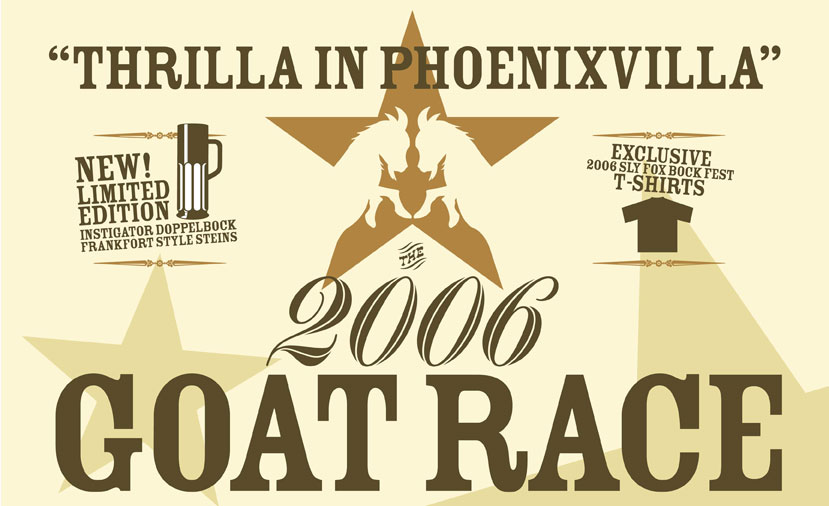WSJ had a front page (!!!) story on Friday called “To Find a Mate,
Raid a Dungeon Or Speak Like an Elf” that tells of people who have met their significant others in MMOGs. Luckily, it’s not written as a puff piece or a “hey, look at these weirdos” piece but seriously considers the fact that people really can get to know one another pretty well in a MMOG setting. Not that it’s as satisfying or fulfilling as real life, but that it can allow for much more insight into another’s character than their profile on eHarmony.
I think a major factor is that these games (for the most part) aren’t about dating (or job hunting or any other RL relationship/pairing endeavor, for that matter) but some other goal. On a dating site — or a date — both parties are generally on their very best behavior, but you don’t get to see what they’re like in a stressful or non-romantic goal-oriented situation. But in a goal-driven MMOG you do.
One interesting statistic I hadn’t yet seen: “Yankee Group, a Boston technology-research firm, estimates that MMOGs, which can be played simultaneously by thousands of people using the Internet, are played by 25 million to 30 million people world-wide.”
Unfortunately, the article likely won’t be readable without a subscription for more than a few days, but here’s a chunk:
http://online.wsj.com/article_email/article_print/SB114980862872575564-lMyQjAxMDE2NDA5OTgwMDk4Wj.html
David Knife, 32, fell in love with his wife, Tracy, 30, while playing Anarchy Online, a science-fiction game. Mr. Knife says he was impressed by her leadership skills. Ms. Knife, who in the game led a guild of about 50 players, “was very motherly to many of the players,” he says. “It’s the way she controls everyone by still being very nice.”
He also liked her use of emoticons, the symbols in text messages that denote kisses or hugs, among other things. “She was very forward in the game, especially with me,” he says.
In August 2004, about six months after they met in the game, her character proposed to Mr. Knife’s. That prompted Mr. Knife to inquire about a possible relationship outside the game, even though he is an Australian, who was living in Melbourne, Australia, and she lived in Red Lion, Pa., where she was raising a daughter after a divorce.
They started talking regularly using an online voice-chat service and said “I love you” before they met in person. “We have very similar personalities,” says Ms. Knife. “We’re both kind of computer geeks.” In February last year, Mr. Knife flew to Pennsylvania for a two-week vacation and proposed on Valentine’s Day.
“I have to remember two wedding days and two engagement days,” says Mr. Knife. The couple were married in January and live in Red Lion.



